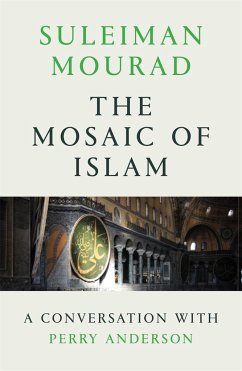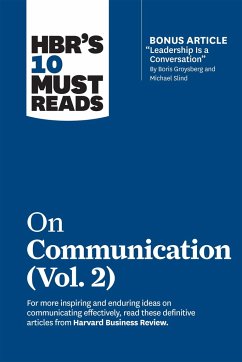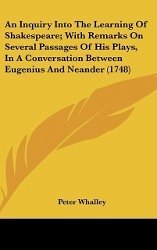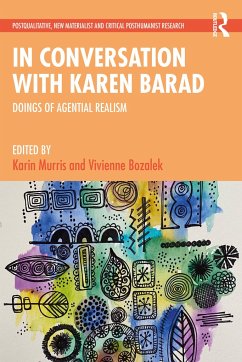Nicht lieferbar

In Conversation with Exercises
Versandkostenfrei!
Nicht lieferbar
With a strong rhetorical foundation, In Conversation blends the comprehensive coverage and quick navigation of a pocket-size handbook with the guidance of a rhetoric. Students will see themselves in its vibrant visuals and real-world examples. The second edition of this approachable and affordable guidebook provides even more help for the kinds of writing students do in college, with new robust support for multilingual writers, new coverage of analytical writing, practice exercises, and a new appendix of sentence guides for academic writing











